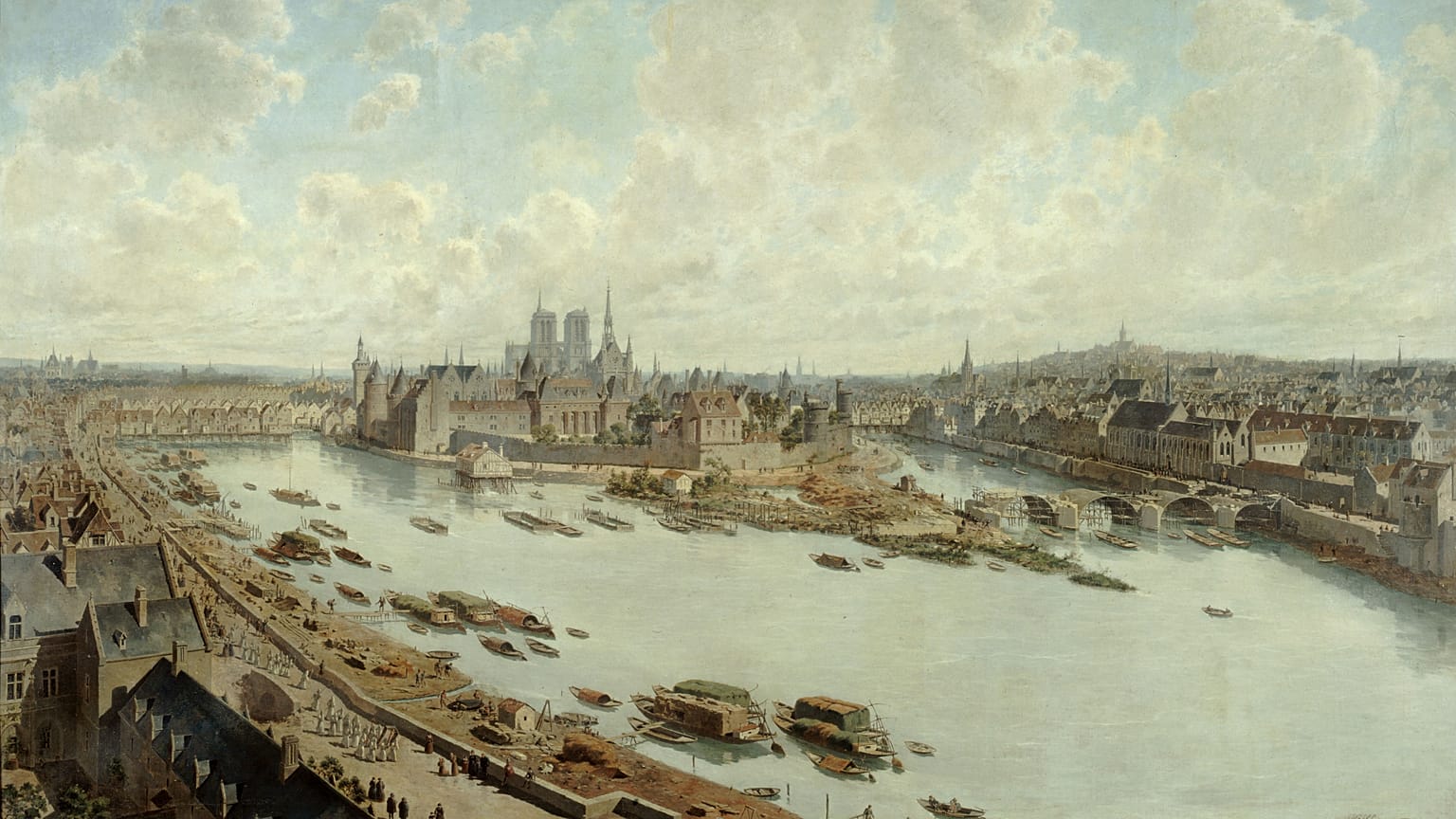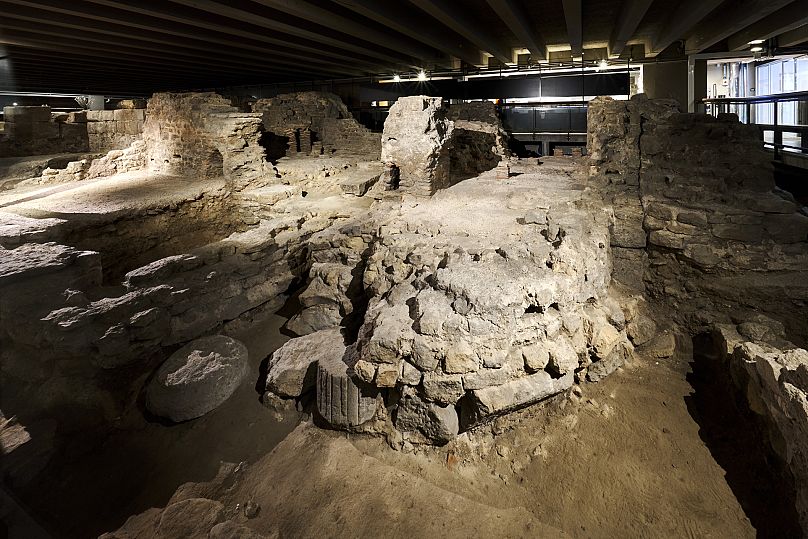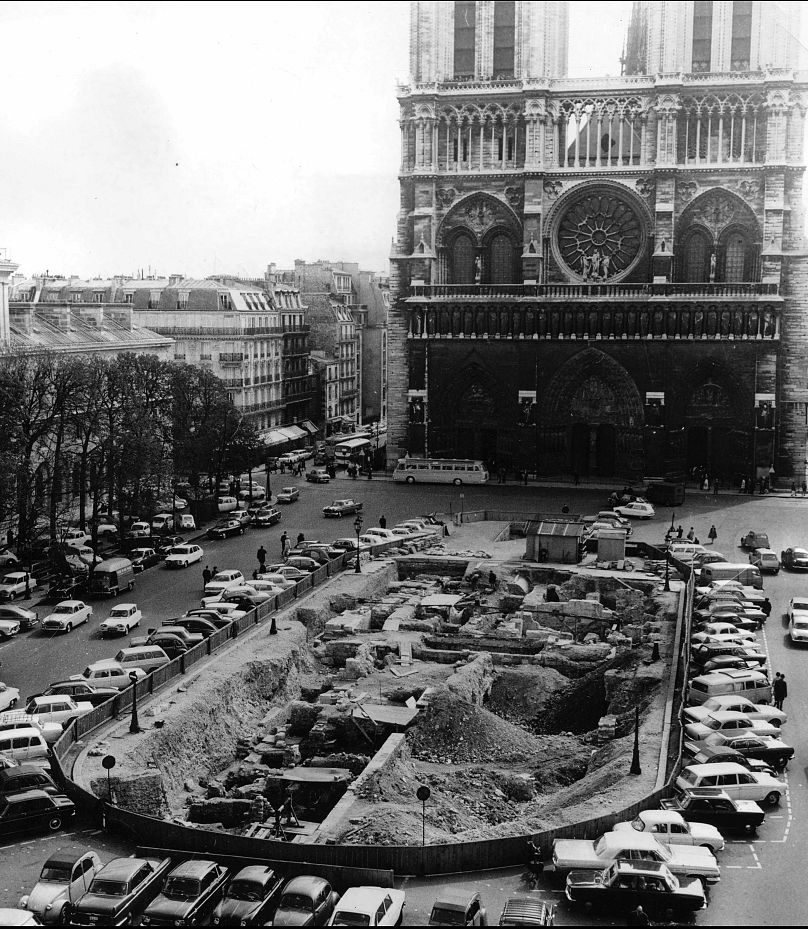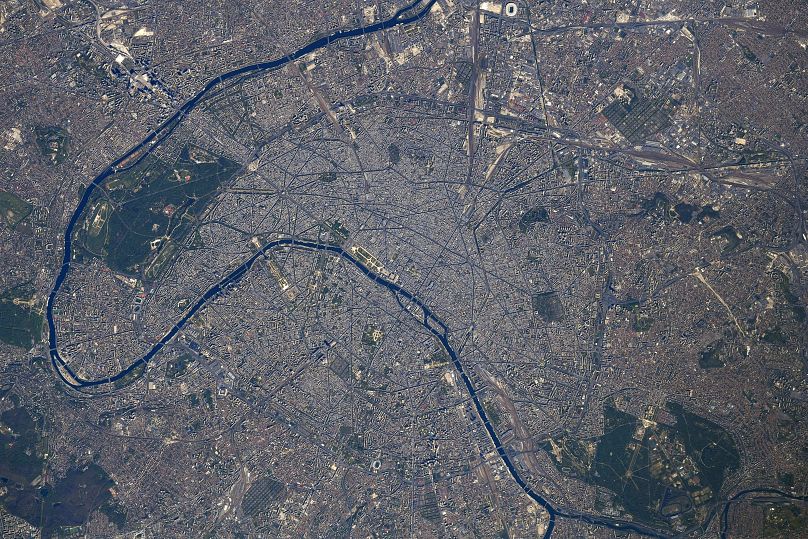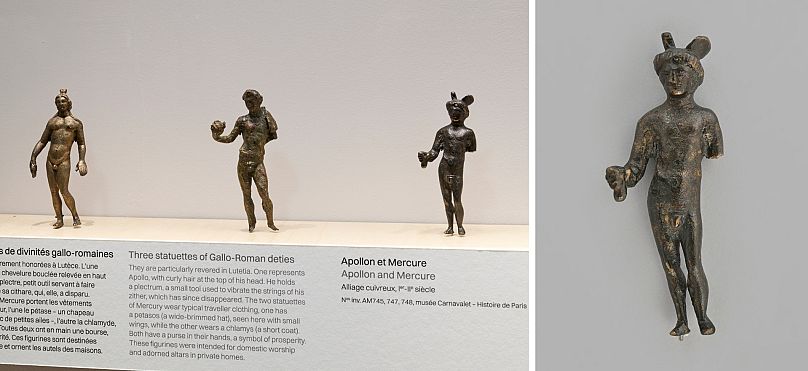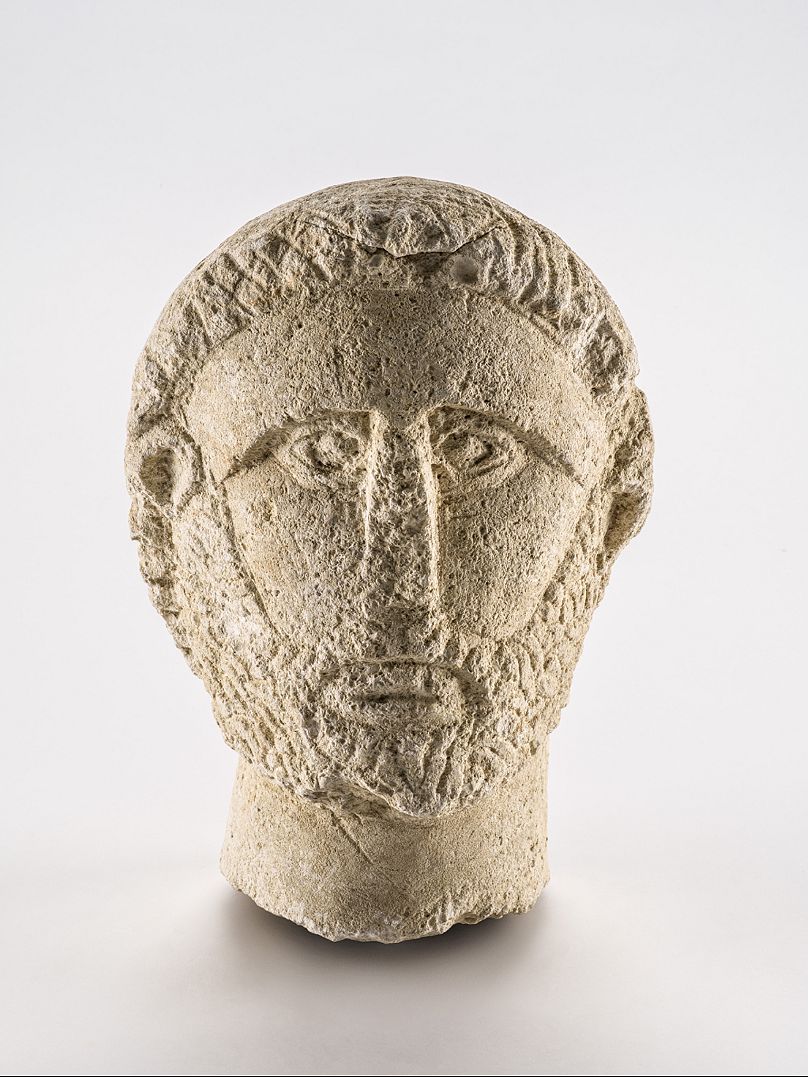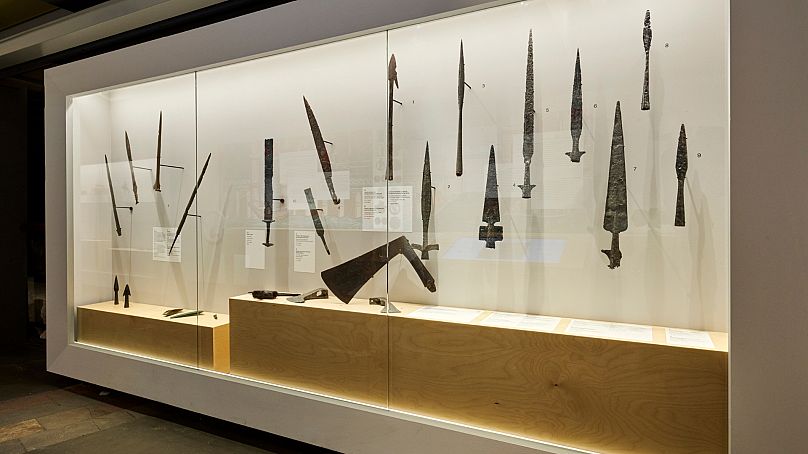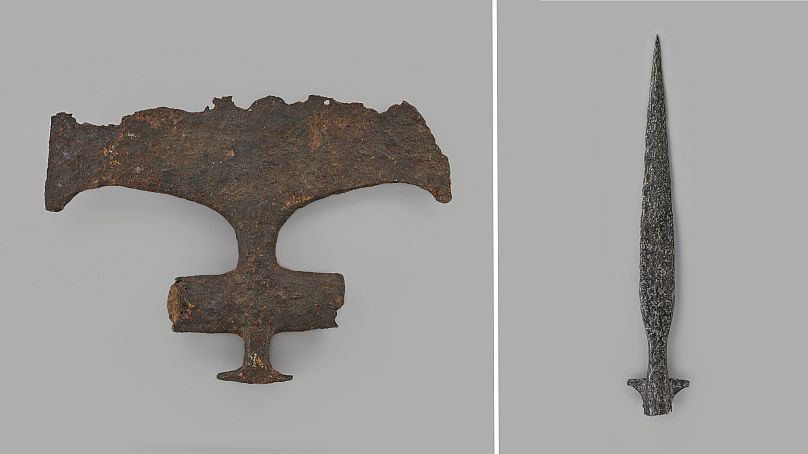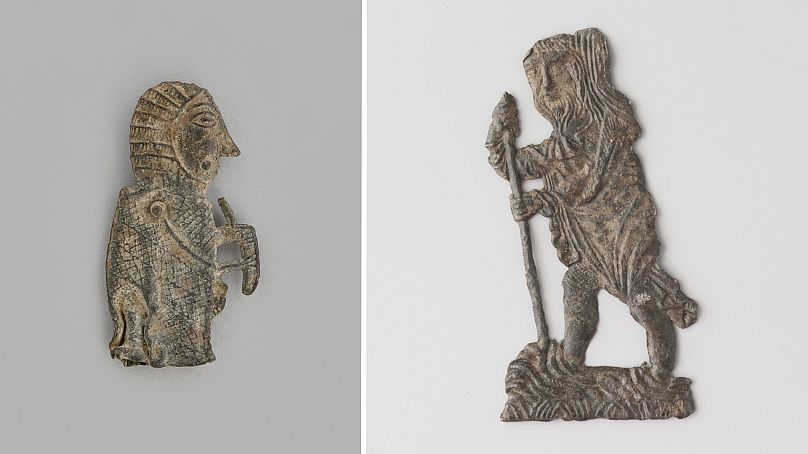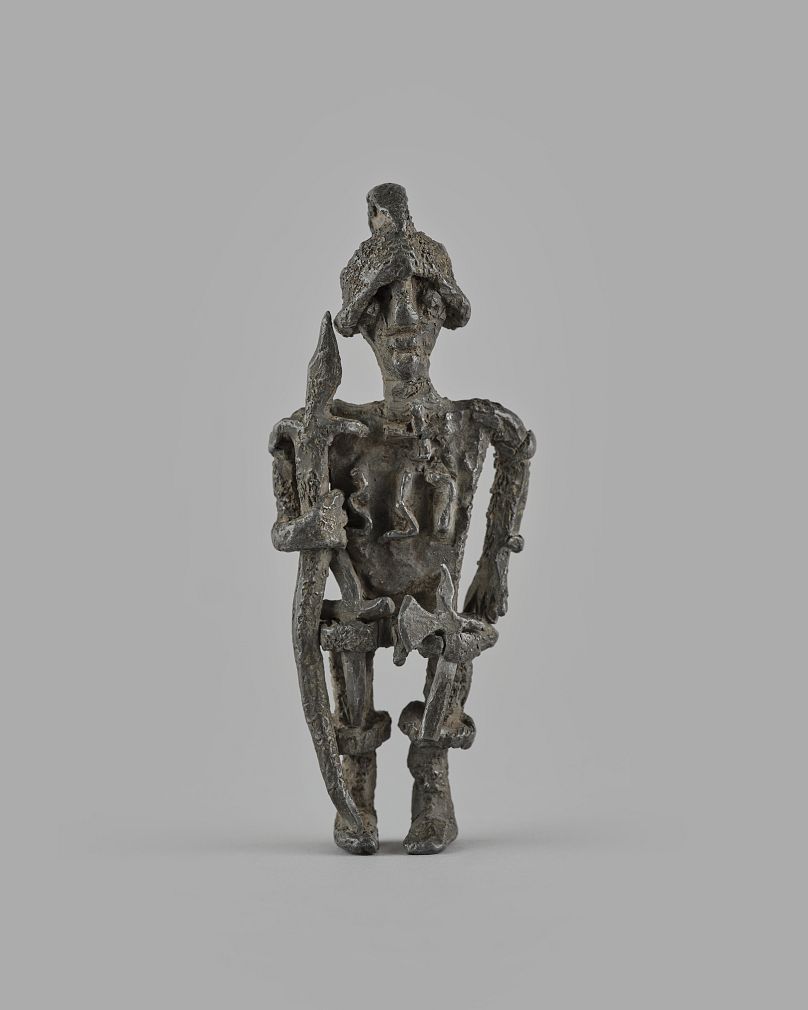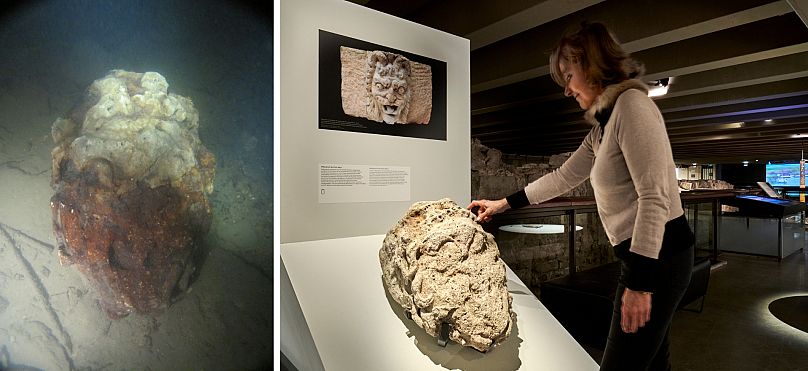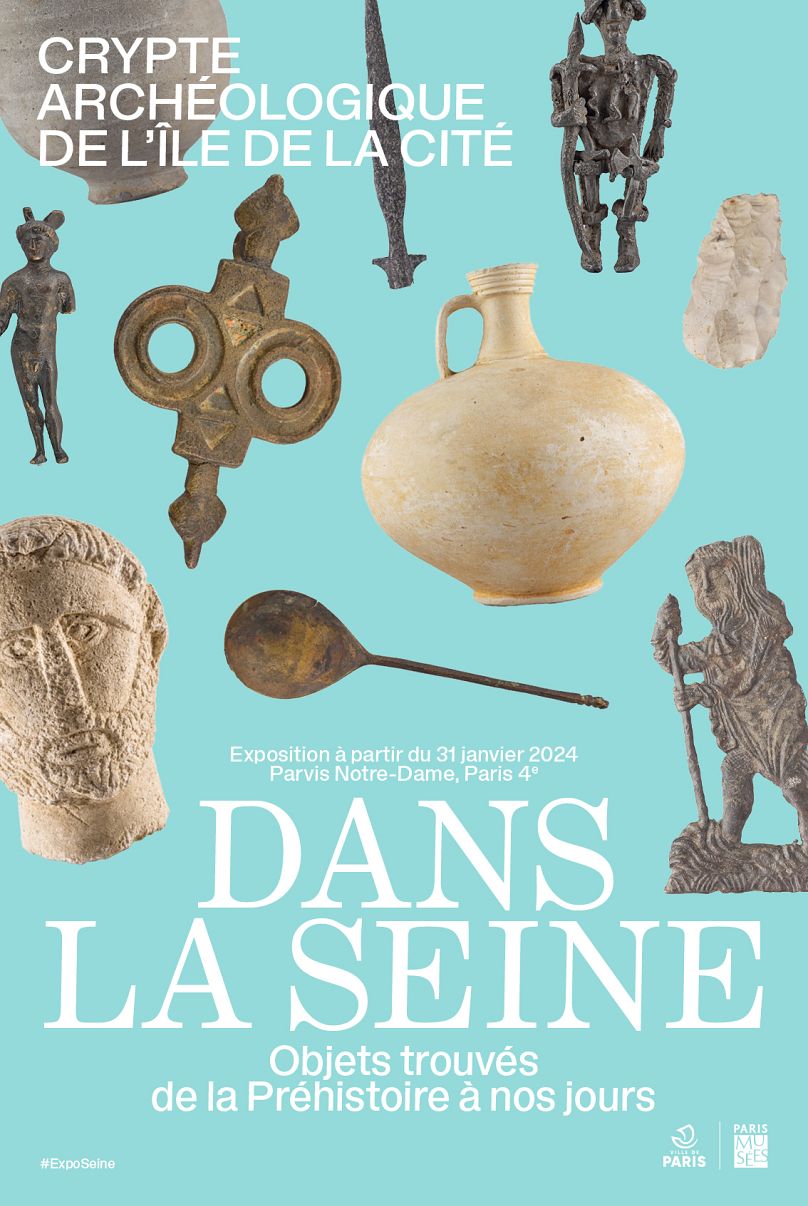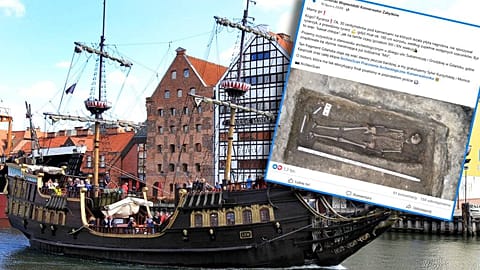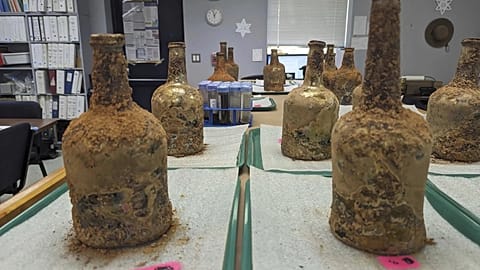Beneath the tourist-packed plaza of Notre Dame Cathedral, an archaeological site tells the story of Paris and its River Seine through objects excavated from its bed and banks. Discover the exhibition “Dans La Seine”.
With Paris preparing to host the summer Olympics this year, the Seine has found its way back into the spotlight, as city officials scramble to get it clean enough for swimming before the competition begins.
But it’s not the first time the river has attracted this kind of attention. The major artery running through the City of Lights has forever been the star of the show, the very reason the city exists at all.
A new exhibition at the archaeological crypt underneath Notre Dame Cathedral explores the importance of the Seine to the people living near it, through objects that were excavated from its riverbed and banks.
The collection of 150 trinkets tells the story of how humans have interacted with the famous river, from prehistoric times to now. In doing so, it also tells the story of how Paris became Paris.
A hidden archaeological gem in the heart of Paris
If you want to visit the exhibition “Dans La Seine,” you first need to find it.
Located underneath the plaza outside Notre Dame Cathedral, the Crypte Archéologique de l'Île de la Cité (archaeological crypt of Île de la Cité) was first discovered in the 1960s during the construction of an underground car park.
Today, it’s the only archaeological site open to the public in the entire city, but even many locals have no idea it exists. The understated entrance is just a stone’s throw away from the retractable seating packed with tourists looking at the cathedral – which is still undergoing renovation work after the 2019 fire.
Once you’ve found the entrance, climb down the stairs and you’ll find a sprawling excavation site spanning 1,800 square metres and packed with extraordinarily preserved archaeological remains.
The site includes vestiges of a Gallo-Roman public bath, part of an old city wall and the docking port of the Gallo-Roman city of Lutetia, which is now present-day Paris.
The space is impressive on its own, but the temporary exhibition space presents a different way of looking at the history of Paris – a story told through the items found at the bottom of the River Seine.
Under the Seine
As the main waterway snaking its way across the French capital, the Seine has seen more than its fair share of human paraphernalia hit its waters. Since the dawn of time, people have been dumping things into the river – both accidentally and on purpose.
These days, you’re likely to find electric scooters and rental bikes. But back before Paris was even an abstract concept, Neanderthals left flint tools on the Seine’s banks, evidence that they weren’t as primitive as scientists once thought.
Later, when the city on the Seine was known by the name Lutetia, residents of the Gallo-Roman outpost sometimes made offerings to the river in exchange for good fortune.
Once adorning altars in private homes in Lutetia, metal figurines of deities like Apollo and Mercury were found underneath layers of silt on the riverbed. There are several hypotheses for how they ended up there – they could have been stolen, dropped accidentally or made as an offering.
Mysticism around the Seine was prevalent for the Gallo-Romans – also on display at the exhibition are sculptures believed to be ex-votos, or votive offerings to the deity of the Seine, Sequana. Some 1,500 of these ex-votos were found near the river's source in Burgundy, where a temple was built to Sequana.
Made from stone, metal and wood, they depict animals, heads of men, women and children, full-length figures, swaddled babies and even body parts instructing the Goddess on where exactly she should apply her healing powers.
Artefacts from everyday life on the riverbanks
The cleaning and dredging of the Seine became routine maintenance for the city starting in the mid-19th century, a way of maintaining the river's depth so it would be easier to navigate. Objects were often discovered and removed when the sand and silt were extracted from the riverbed.
Objects found in the Seine from the Bronze Age and Middle Ages, after the fall of the Roman empire, include a huge collection of weapons – over 100 of them.
Some of these weapons – mostly battle axes and swords – are believed to have been thrown in the river on purpose, as part of a ritual at the end of battle.
Starting in the mid-19th century, small artefacts made from lead were found in their thousands in the Seine, becoming known as the “plombs de la Seine”.
They include tokens used for entries to towns and places of worship, religious figurines and even what are believed to be the first tin soldier children’s toys.
The small statuettes became a collectors’ item, making it into the private collections of artists like Alberto Giacometti and André Breton. The artists considered them to be magical, possessing powers that were either good or evil.
Experts believe they’re more likely modern ex-votos from the 15th to 16th century, thrown into the river as an offering.
Modern discoveries
There are currently no active archaeological digs in Paris along the Seine, although just last year an ancient necropolis was found in southern Paris during construction of a new metro exit.
Discoveries are still being made in the Seine, however, thanks to the city's Seine River Brigade, a branch of the municipal police who are tasked with maintaining order on, around and in the river.
The brigade's divers have recovered objects including artwork, decorative elements from Paris bridges and technical equipment from ships.
In 2014, they found a sculpture at the base of Pont Neuf that was identified as a mascaron, a stone molding in the shape of a mask that can often be seen on Paris buildings and monuments.
So what about us? What will our era leave behind in the Seine for future explorers to find?
Between the scooters, bicycles and motorbikes that have already been dredged up from the river and the debris that's sure to wash up during the Olympics, it doesn't look good.
But that's the nature of city rivers – they tell the story of the people who live around them, the good, the bad and the ugly.
The exhibition "Dans La Seine" is currently open to the public at the Archaeological crypt of Île de la Cité in Paris.















